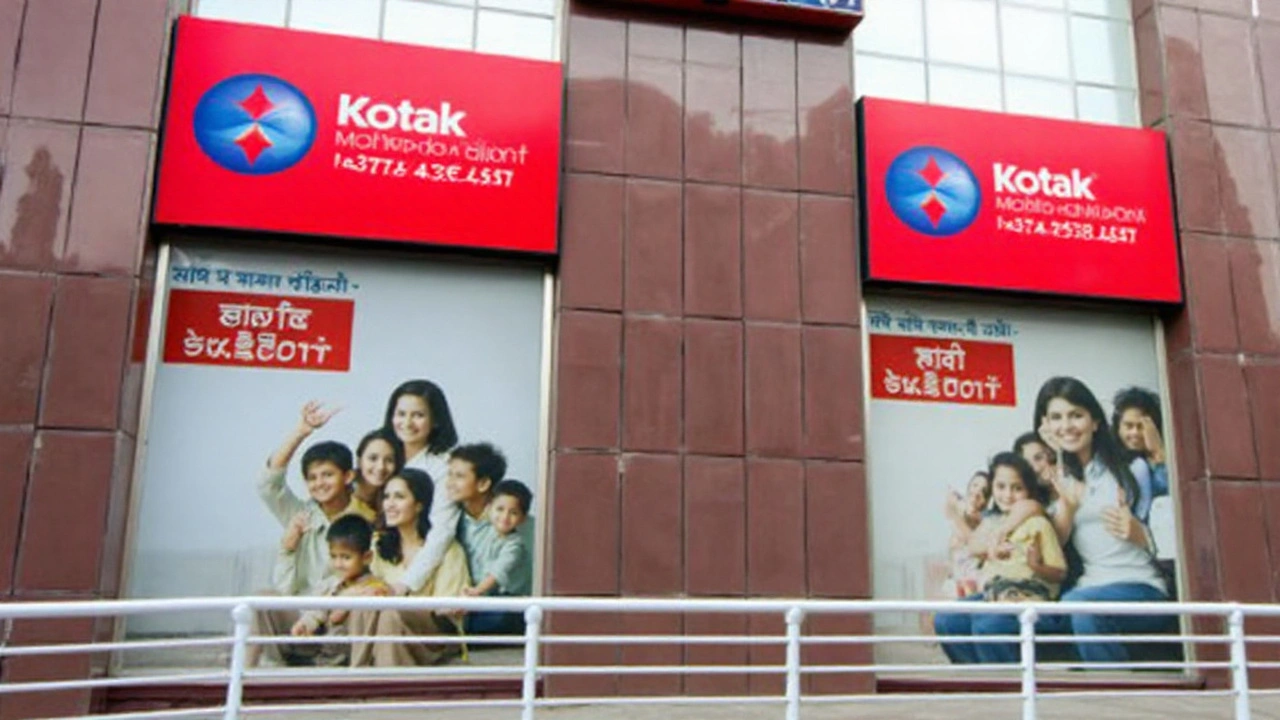Digital Banking: Practical Guide for Indian Users
Digital banking puts your bank in your pocket. You can check balances, pay bills, transfer money, invest, and apply for loans from your phone or laptop. In India, digital banking grew fast thanks to UPI, mobile apps, and 24x7 services. This guide gives clear, practical tips to use digital banking safely and smartly.
Why use digital banking? It saves time. Instead of visiting a branch, you complete tasks in minutes. UPI handles instant transfers to anyone with a VPA or phone number. Most apps let you schedule payments, freeze lost cards, and set alerts. You can also track spending and set budgets inside many apps. For businesses, digital banking speeds up collections and reconciliation.
How to stay safe online
Treat security like a habit, not an afterthought. Always use official bank apps from your store and enable app locks or biometrics. Turn on two-factor authentication and use strong, unique passwords for bank logins and email. Avoid using public Wi-Fi for transactions; if you must, use a trusted VPN. Check transaction alerts every day and report suspicious activity immediately. Update your phone and apps so you get security fixes. Never share OTPs, CVV, or full card numbers over phone or message.
Watch out for phishing. Scammers use fake calls, SMS, or emails that look real. Banks never ask for passwords or OTPs. If a message pushes you to click a link, pause and verify through the official app or bank helpline. When downloading apps, read reviews and check permissions. A payment app should not ask for access to unrelated data like your contacts unless the feature needs it.
How to pick the right digital banking app
Look for a simple, fast app with clear fees. Check whether the bank supports UPI, IMPS, NEFT, RTGS, and instant debit card blocking. Read recent user reviews about customer support and downtime. Prefer banks that show real-time transaction status and provide easy statements for taxes. If you use investments, choose apps that integrate mutual funds and SIPs with your bank account. For businesses, check reconciliation tools, bulk payment options, and GST-friendly invoices.
Quick checklist before you switch Make sure the app has multi-factor login and session timeout. Confirm customer support hours and contact methods. Compare fees for NEFT, RTGS, and IMPS as some banks waive charges for low-value transfers. Test small transfers between your own accounts before relying on any new app. Keep a backup plan like mobile banking and netbanking credentials in a secure note.
Digital banking is powerful when used carefully. Follow basic security habits and pick an app that fits your life. Start small, learn features, and gradually move more tasks online.
Example actions to try: set a daily transfer limit, link your UPI ID to a saved beneficiary, enable debit card contactless pay, schedule a bill payment to avoid late fees, and use the app's spend tracker for a month. If anything feels off, call bank support and freeze the account immediately. Stay alert.

Kotak 811 is a mobile-first, zero-balance savings account launched after demonetization to push cashless banking. It comes in four variants—Lite, Limited KYC, Full KYC, and EDGE—with interest up to 4.00% p.a. Most variants don’t need a minimum balance, while EDGE requires Rs 10,000 AMB. Accounts are single-holder only, with features like cheque books and unlimited transactions depending on the plan.
Read More